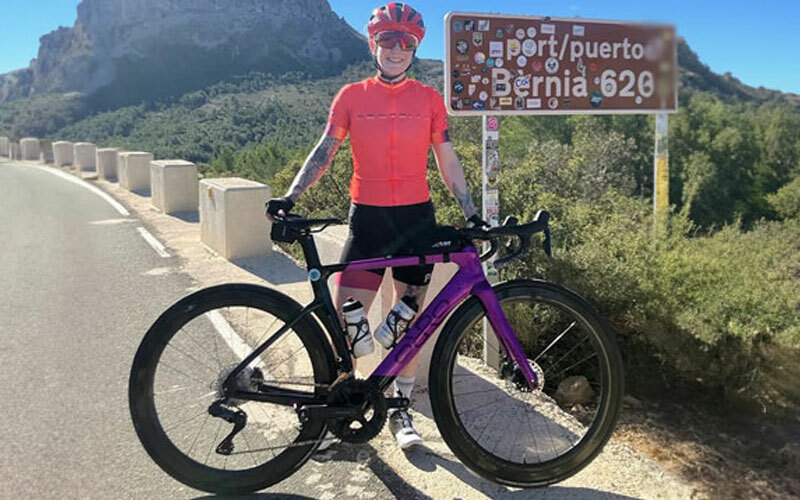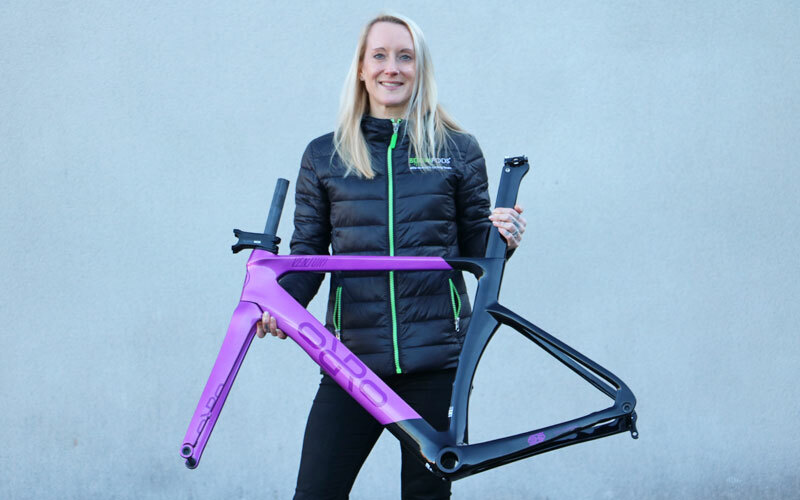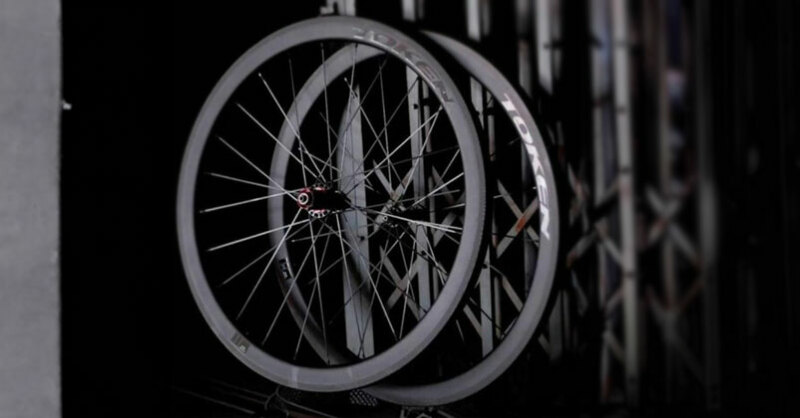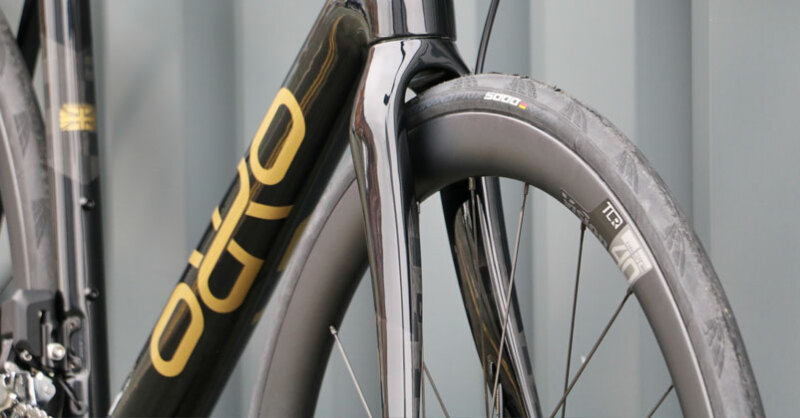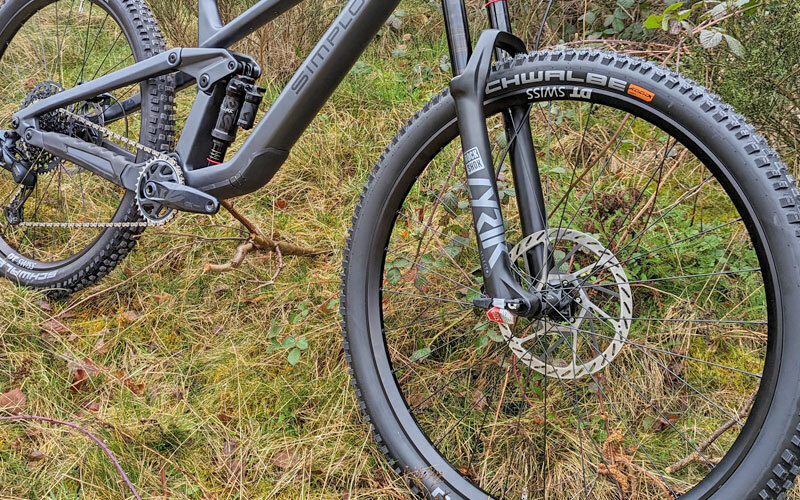Mountain Bike Tyres Guide
Tyres for mountain bikes all look similar in shape and colour, so how do you pick a good one? Mountain bike tyres are, after all, very important. They provide the patch of contact with trail and play a critical role in keeping you upright and rolling along happily. Upgrading your mountain bike’s tyres can transform the grip and performance characteristics of your bike. Given the very wide array of mountain bikes and equally varied conditions they are ridden in, there are a lot of tyres out there, which ones best suit your bike and type of riding…
.jpg)
Size of Tyre
The most important choice in selecting a tyre is to get the right size, in terms of both diameter and width. A 29” tyre will not work on a 27.5” rim. Check the size on the wall of your current tyres. Older mountain bikes tend to have 26” tyres, most modern bikes are either 27.5” or 29”. Mountain bike tyre sizes are usually molded or stamped onto the side wall of the tyre. There are two options, the traditional sizing in inches, for example 27.5” X 2.5”. The other is ERTO (European Tyre and Rim Technical Organisation), this gives the tyre size in metric, for example 58 X 584 (tyre width and the rim size in millimeters. The majority of tyres are between 2.2 and 2.7 inches wide, although they can be as narrow as 1 inch for road commuting and as wide as 4 inches on fat bikes. Generally, wider tyres can offer more grip as they have more contact with the ground. On many bikes though the limiting factor is tyre clearance (where the tyre come in close contact with the frame and forks). Plus bikes using 27.5” + and 29” + tyres are designed for wider grippier tyres and have more clearance to cope with the bigger rubber.
Tyre Fit
As well as sizing options, mountain bike tyres come in two fit options too;
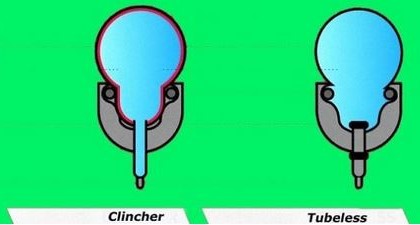
Clincher tyres are the most popular type of mountain bike tyre, they feature an open casing and an inner tube fits inside to hold the air. The tyre bead hooks into the rim and an inner tube seals the air inside. Clinchers are popular because they are easy to repair in the event of a puncture, either repair or replace the inner tube. Clincher tyres are manufactured to target different types of riders, and the attributes they typically look for in their type of tyre; grip, puncture resistant, excellent grip, longevity.
Tubeless tyres are also popular. On the face of it, they look just like clinchers with the same open casing, however the bead is tougher and provides a tighter fit to seal to the inside of the tubeless specific rim. This seal means that tubeless tyres run without inner tubes. Tubeless tyres require tubeless ready rims, rim tapes, valves and sealant. The sealant can seal small punctures which would require a repair with non-tubeless tyres. The main benefits of tubeless are; self sealing small punctures, ability to run lower pressures for more grip, without the risk of pinch flat punctures.
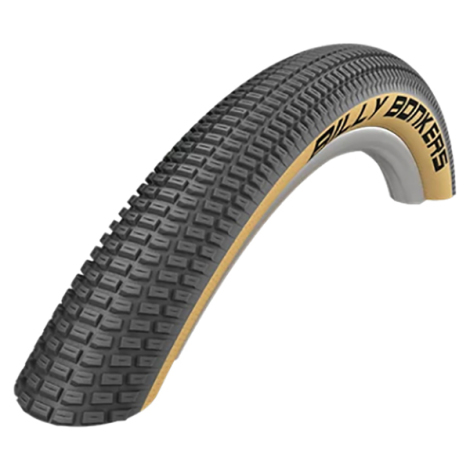
Which Tread?
The terrain which you ride will help determine the style of tread which would suit best. The more soft and muddy the terrain, the more widely spaced the knobs on the tyre should be. Wider spaced knobs allow mud to shed from the tyre and taller knobs allow the knobs to dig into the terrain, increasing grip. At the other extreme, if the ground is hard packed, more tightly packed, smaller knobs will increase contact and grip on the ground. More tightly packed knobs generally reduces rolling resistance and make the tyres roll faster. Selecting the right tyre for the majority of your riding is a great way to maximize your enjoyment.
Different Parts of a Mountain Bike Tyre
Clinchers and tubeless tyres feature mostly similar component parts;
Tread
The top section of the tyre is the tread. This is the bit that gets all the attention, it is made from a rubber compound, usually with added additives to improve puncture resistance, grip or even add colour. Mountain bike tyres vary in tread patterns and depths to allow more rubber to be in contact with the ground, depending on the terrain they are designed for.
Sub Tread
The layer under the top tread is called the sub tread and can include a puncture protection layer of very tough material to stop sharp objects cutting through.
Casing
Tyre casing features a TPI (Threads Per Inch) count. Generally the higher the thread count, the better the quality of the tyre. Sidewall The sidewalls are the side of the tyre which usually displays information about the tyre such as size and recommended tyre pressure. This part of the tyre is not designed to make contact with the ground.
Bead
The bead makes the secure connection between the tyre and the rim. The bead can be made of steel wires or lighter folding Kevlar material. The bead on tubeless tyres is usually more solid and harder to fold, it is designed tougher to make the airtight seal onto the tubeless rim.
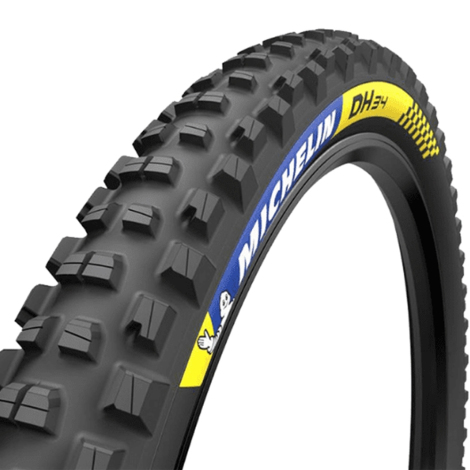
Nitty Gritty on Tyres
Width
Wider tyres at slightly lower pressure can offer a little extra suspension and help make a rough ride into a smooth one, they can also offer more grip. The downside to wider tyres is slightly increased weight and the need for more frame / fork clearance to run them.
Pressure
The sidewall of the tyre has recommended pressures marked on, make sure your tyres stay within the recommended pressure to ensure the best performance from your tyres. (Best performance in terms of rolling resistance, longevity and puncture resistance).
Rolling Resistance
Rolling resistance is one of the forces which bike riders have to overcome to move forwards. Tyres with lower rolling resistance make it easier to ride. At the sharp end of performance, different tyres out-perform others, in rolling resistance tests.
Weight
Tyre weight is just one factor to consider when choosing tyres. Very light tyres might not last as long as heavier ones, they may also puncture more often and can lack grip. A good mountain bike tyre offers a mix of all the elements that suit your bike and the terrain you regularly ride in.
Front & Rear
Several manufacturers produce tyres with different tread patterns, designed for use specifically on the front and rear of the bike. On front and rear specific tyres, the tread is optimised for the different workload on each wheel.

